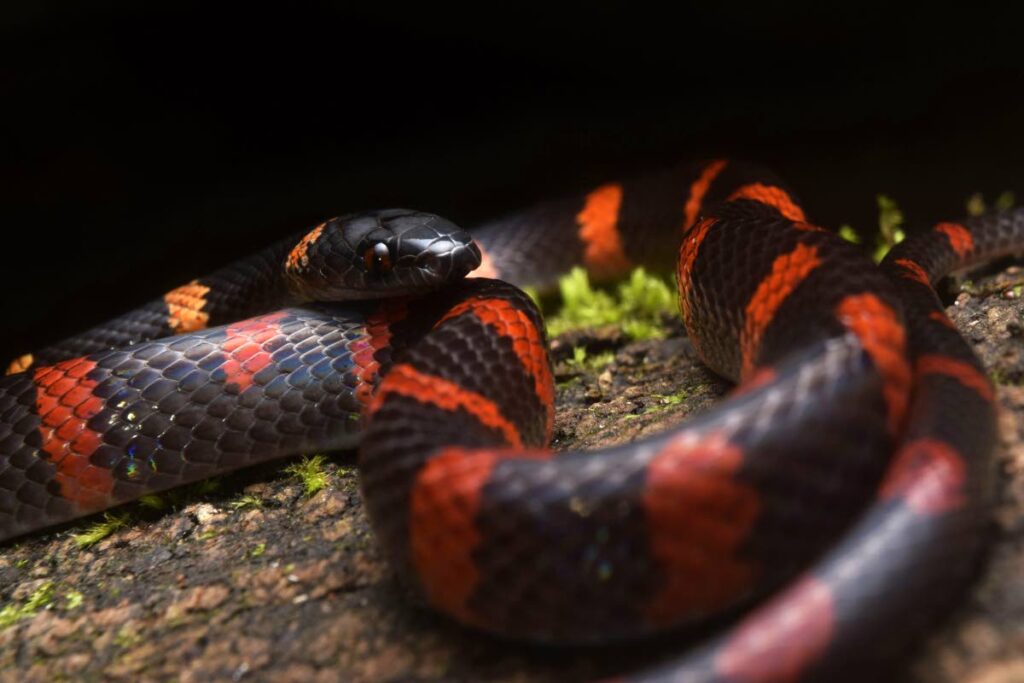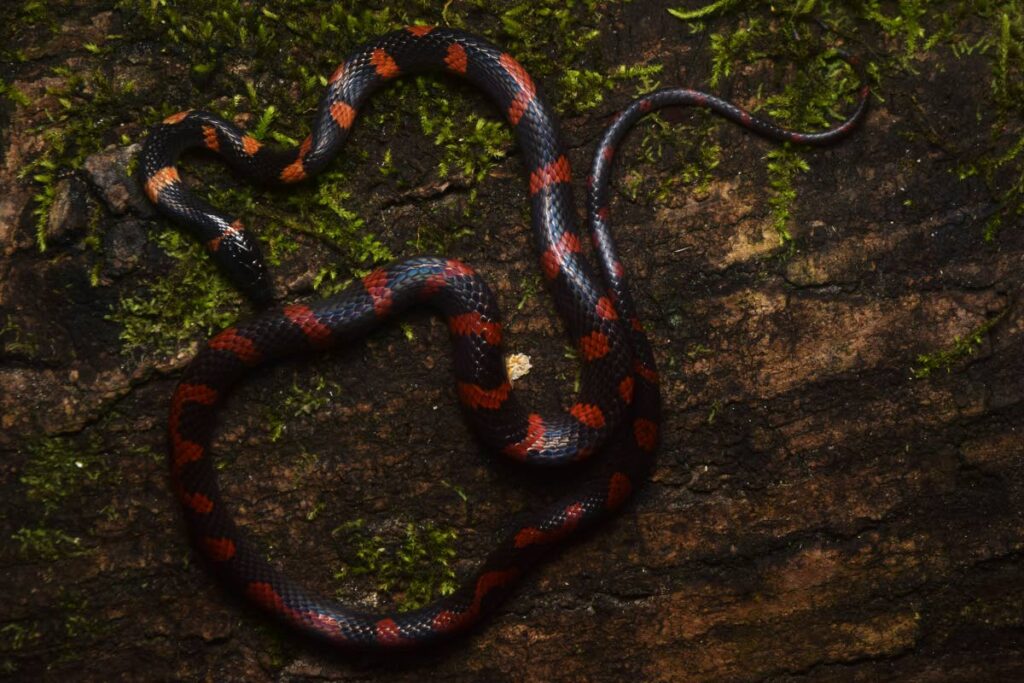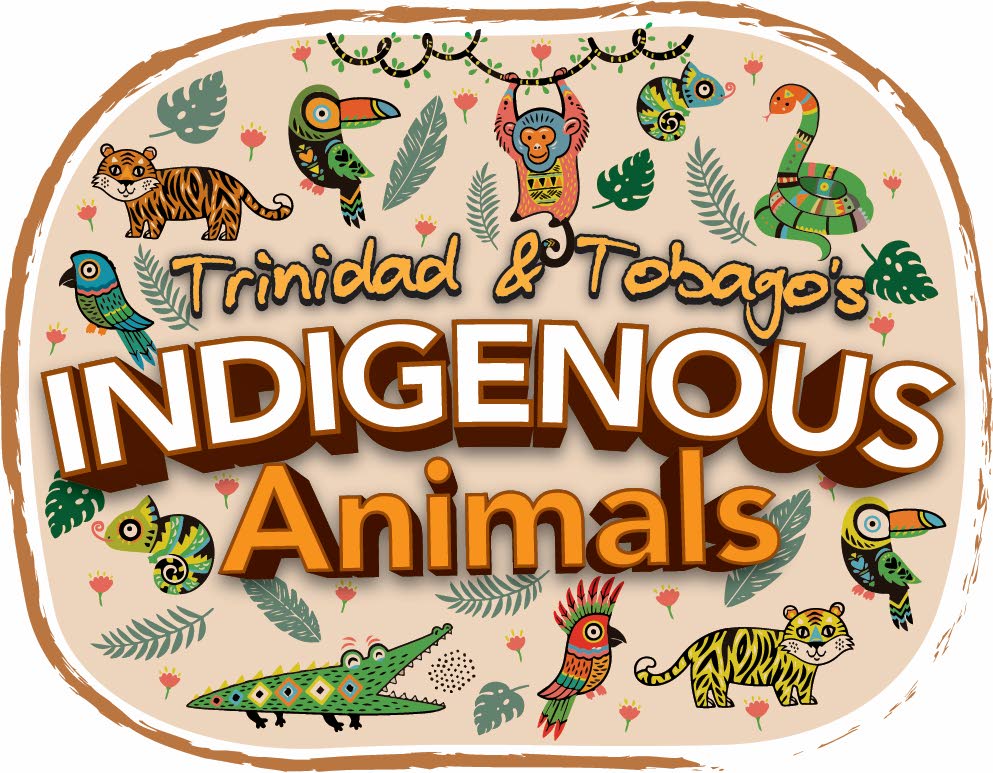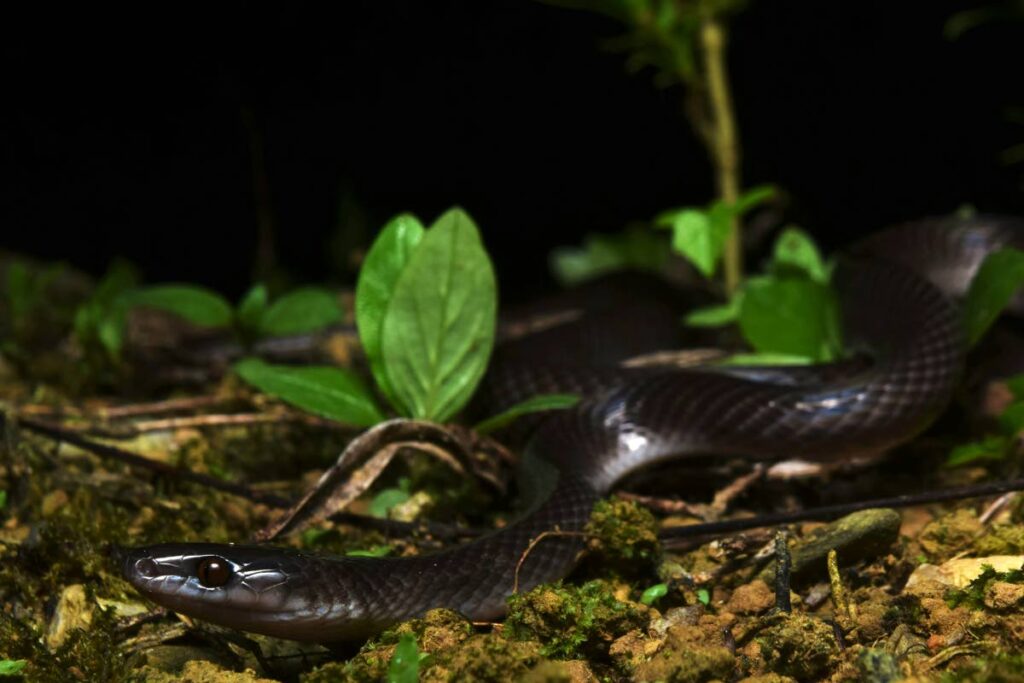Forest flame snakes, looks like corals but are not

Of the estimated 50 species of snakes found in Trinidad and Tobago, there are four highly venomous species which include two species of coral snakes.
Easily recognised by their iconic red, white and black bands, the coral snakes are found in Trinidad but not in Tobago. But even though coral snakes have an easily recognisable coloured pattern, it isn't unique. As such, there a few species of snakes known as "false corals" which mimic the coral snake's pattern but aren't corals.
The forest flame snake (Oxyrhopus petolarius) is one of these "false corals." In its juvenile stages, the flame snake's body has vibrant red, yellow, white or orange markings which give it a coral-like appearance.
While flame snakes may look like corals, conservationist Rainer Deo wants people to know they are special in their own right.

He told Newsday Kids, "The flame snake is one of the more commonly seen false corals. It got its name because of the flamboyant colours that it has. But I believe that this species, along with the other species that have a vague resemblance to corals, has its own unique identity and role in an ecosystem."
In fact, Deo said flame snakes grow out of their coral-like pattern. He explained, "Their flamboyant colours typically fade as they grow larger, resulting in adult specimens looking almost completely black."
Unlike coral snakes, forest flame snakes are found in both Trinidad and Tobago. Outside of TT, they are found throughout South America's rainforests.
Like their South American counterparts, TT's forest flame snakes are found – like their name suggests – in forests but they've also been seen in urban areas. Although many people encounter flame snakes while they are young and small in the wild, Deo said they can grow up to a metre long.

If you are ever fortunate to study these snakes, you may notice that some of their eyes have a black iris while others may have a red one.
"They are primarily nocturnal which means that they are mostly active at night and are usually seen hunting near streams and through leaf litter on the ground.
"They feed on lizards, frogs, small mammals, birds and even other snakes.
"They kill their prey using a combination of a specialised venom and constriction," Deo said.
While the flame snake is venomous, its venom is lethal to specific animals but harmless to humans. Because flame snakes look like coral snakes, Deo said many people's first instinct is to kill them but he discourages this practice.

He pleaded, "As soon as you affiliate anything with coral snakes, some people are going to perceive it as a threat."Protecting these snakes helps our ecosystems to flourish and it is illegal to harm them, whether you encounter them in the forests or around your home.
"The best advice when you spot a snake is to leave it alone. If it is proving to be in a problematic area or situation, contact the relevant authorities."


Comments
"Forest flame snakes, looks like corals but are not"